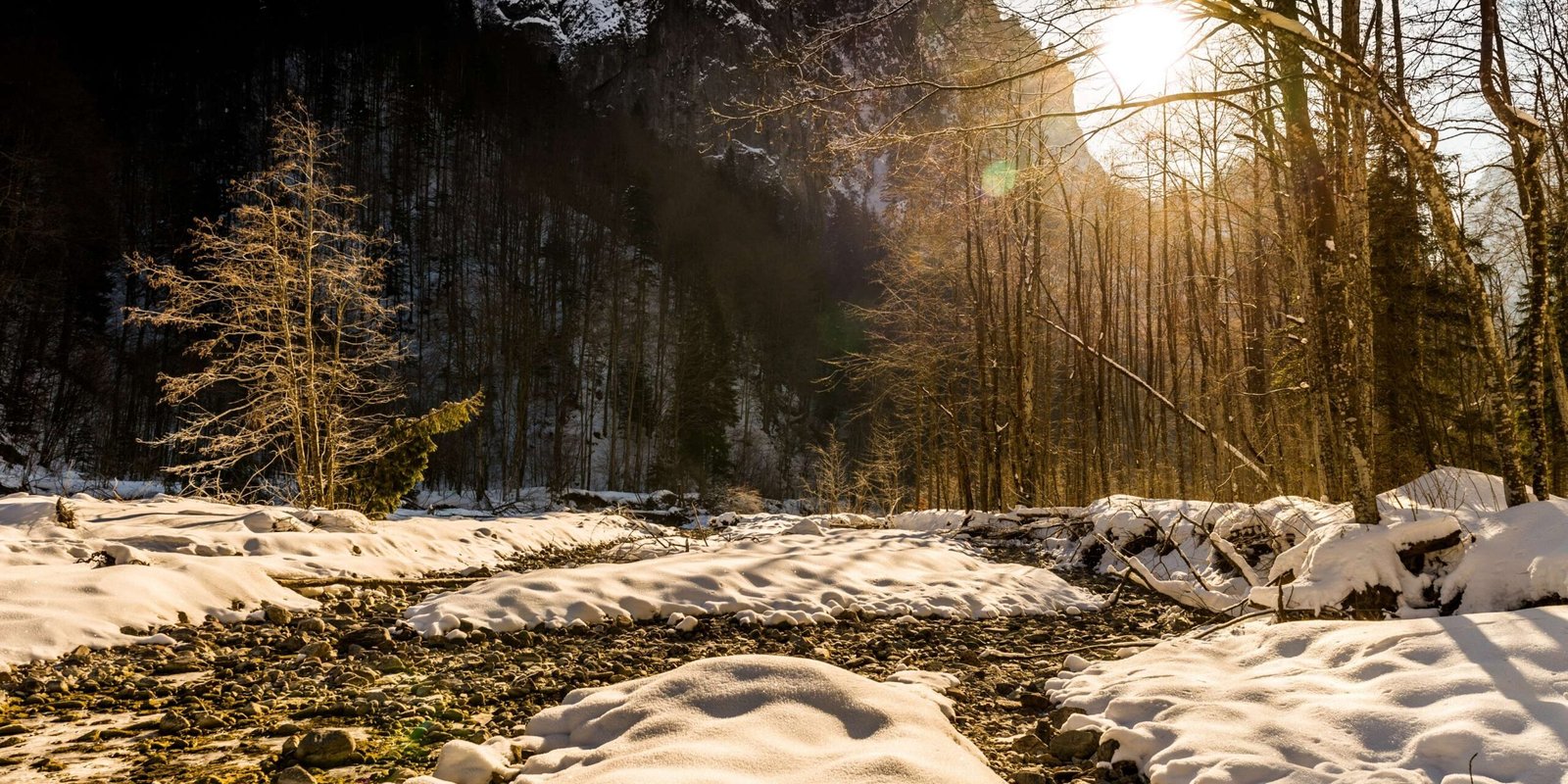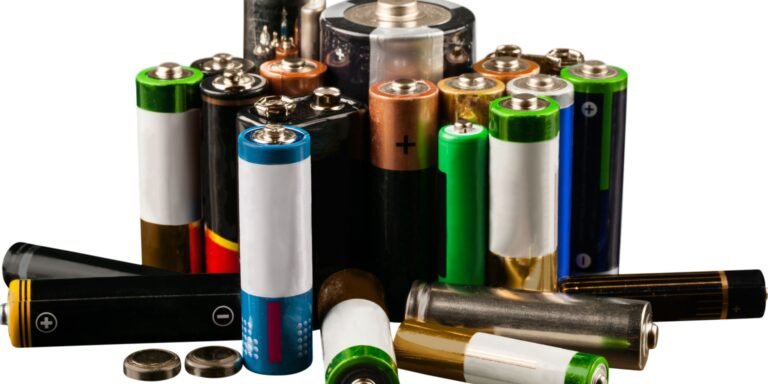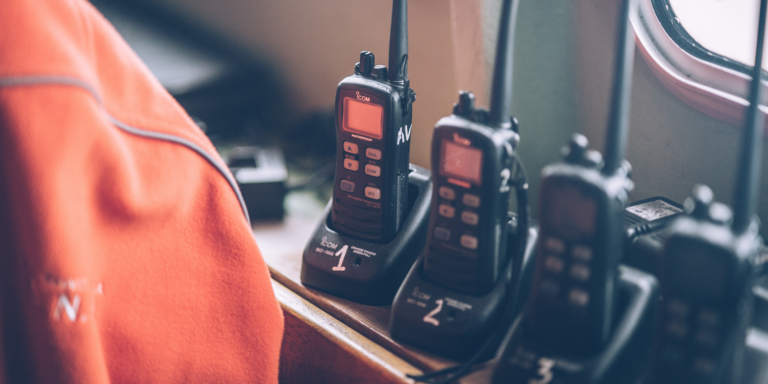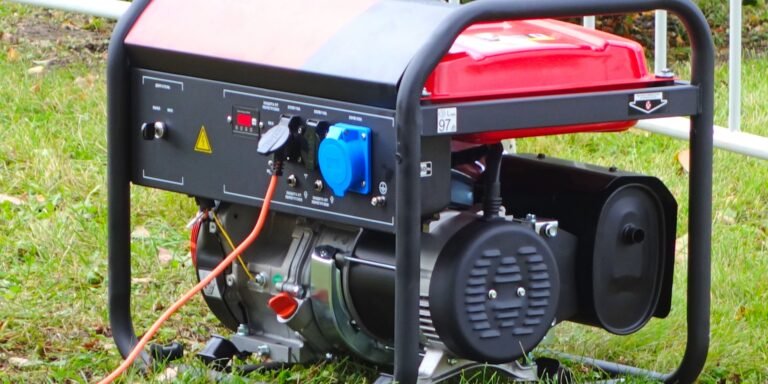How To Make An Off Grid Shower
This post may contain affiliate links, full disclosure here.
If you’re ever in a situation where you need to take a shower but you’re nowhere near home, or running water, then an off grid shower may be just the thing you need.
Off-grid life does not have to be unhealthy. Showering is a must from time to time, and showering in a DIY outdoor shower with a hot shower is a great joy. A simple vinyl shower bag hung from a tree, a bucket shower, or a luxury stone and mortar sanctuary are all examples of off-grid outdoor showers.
Features Your Shower Should Have
There are some requirements for an outdoor shower. In a typical home, these things are standard and anticipated. These supplies can be difficult to come by in an off-grid residence.
A shower, by definition, necessitates the flow of water, which necessitates the use of energy. Gravity is the oldest method of generating flowing water. Alternatively, a hand pump or foot pump can be used to force water to flow.
It’s entirely up to you whether or not your off-grid shower has hot water or if you want to take a warm shower for your daily use. A hot shower will necessitate the use of a hot water heater but it may be the best option if you prefer not to take cold showers.
Tank
A water storage device might be a water tank, water barrel, bucket, trough, or solar shower bag for your simple system. Whatever you use, it must be able to hold water, be covered to keep the cold water clean and be connected to the plumbing system for a nice hot shower.
It is not necessary for the storage container to be particularly huge. To take a shower, you just need to fill a 2 gallon bucket.
Pipes
To transport the water from the storage container to the shower, you can use a rigid pipe or a hose. To connect the vessel to your plumbing, you’ll need to install a fitting.
It is more permanent to use 1/2 inch rigid pipe. A hose is less complicated. To start and stop the water flow, you’ll need a valve. The type of valve you use will be determined by the plumbing system.
The showerhead that is utilized will also be determined by the plumbing layout. You’ll have the option of using a pre-made showerhead or making your own.
Water
Not much to say about this, but you’re going to need some water.
Creating A Pump Powered Shower
Using a pump to power your shower is a simple and convenient option. To create water pressure, an electric pump eliminates the requirement for elevation. A water supply and basic piping are still required for a pump.
If you want to use a pump, you’ll need to include an electrical source or solar energy (direct sunlight). A medium-sized solar panel can supply a solar-powered shower by powering a modest 12-volt water pump. A 12-volt battery can be used to give power for night showers if needed.
Drain-Through Floor
The flooring material frame of your shower stall should be waterproof. Materials such as plastic, concrete, or pressure-treated wood are suitable. To avoid corrosion, use rust-resistant fasteners.
To establish a safe floor for your off grid shower option, a strong, sturdy frame is required. Attach your decking surface after your building is complete.
Figure Out The Height
The highest person utilizing the shower should be able to move around without striking their head. The standard height for a stand-up shower is 8 feet. If you want to use a rain shower head, you’ll need more space.
A sit-down shower should be at least 6 feet tall. To get in and out, you must stand.
Make It Sturdy
The wall panels and a simple roof will be supported by wood, steel, and plastic tubing. If you’re utilizing PVC or ABS, a 3-inch or 4-inch diameter pipe is recommended.
If you intend to utilize the framework to raise your watercraft, it must be able to support the additional weight. Water in a 5-gallon jug weighs about 40 pounds. That weight will be easily supported by a wood or steel frame.
The shower frame made of PVC or ABS will most likely not be able to hold the weight of a water vessel. Before putting the vessel in place and filling it with water, test the structure.
Make Some Walls
Wall panels and the door can be fastened directly to the frame with appropriate fasteners after your frame is in place. A coarse thread screw can be used in PVC and ABS pipelines. If you want to avoid rust, use galvanized or coated decking screws.
In any material, be careful not to overtighten screws. Sharp edges should be avoided while working with metal or fiberglass. Sharp edges should be filed, sanded, or covered to prevent injuries.
DIY Off-Grid Shower For Cold Climates
Living in a chilly climate can be challenging. You know how frustrating it may be if you live in a region where the temperature drops below freezing in the winter months. Pipes freeze and burst, well pumps stop working, and anything requiring water becomes difficult.
Even in a chilly climate, though, a shower is possible. It only takes a little imagination and work.
There are a few options for creating a shower that can withstand cold temperatures. They do necessitate a little more forethought and work. A bucket, a ladder, and a trough to catch the water are all that is required for a shower. Other styles will necessitate the use of a heat source.
The only limitations, like with any off-grid project, are the materials you have on hand.
Showering with the simplest way requires very little space and only a few components. This may be an option if your off-grid hideaway is a one-room cabin. It can be used in a cabin that doesn’t have a crawl space for wastewater piping.
However, because it gives little privacy, it is best suited for those who live alone or with a close friend.
What You Need
- The temporary shower is made up of a galvanised steel, aluminium, or plastic tub or stock tank large enough to sit in.
- A tub that must be thin enough to fit through your cabin entrance; two-foot wide tubs are widely available at tackle and feed stores.
- A vessel for transporting water
- A camp shower bag with a hose and sprayer included or a five-gallon plastic bucket will function as a water container if you can hang it and attach a hose to it.
- If you have a helper, a garden watering can will suffice.
To begin, position the tank where you intend to shower. If you’re utilising a camp shower bag or bucket, select a safe spot at least six feet from the ground to install an anchor screw. If you’re using a ladder, place it as close to the tank’s end as possible.
Then suspend the water vessel as high as possible using a length of chain or rope. In the tub, place the stool under the water vessel.
Using your shower
While your water is heating up, set up your components. Transfer the water to your shower vessel once it has reached a comfortable temperature. Get soaked while you’re in the tub. Use less than half of the water you have—soap up. Rinse the rest of the water off.
The hose’s pressure should not result in a lot of overspray or spatter around the tub. It can be cleaned up with a rag or a mop.
When you’re finished, drag or carry the tub outdoors and dump the water wherever you like. It will only contain a few gallons of water, so it shouldn’t be too heavy.
The tub can be left outside until you need it again.
Inspirational Off Grid Shower Ideas
Visit this awesome website to get some off grid shower ideas.
How To Make An Off Grid Shower Bottom Line
Your DIY off grid shower solutions will most likely not function the first time. Any DIY outdoor shower, whether it’s a solar shower, a portable shower, or even a shower house to match, will go through a time of improvement and changes.
In the end, you’ll have a facility that will easily serve you and your family for many years.







